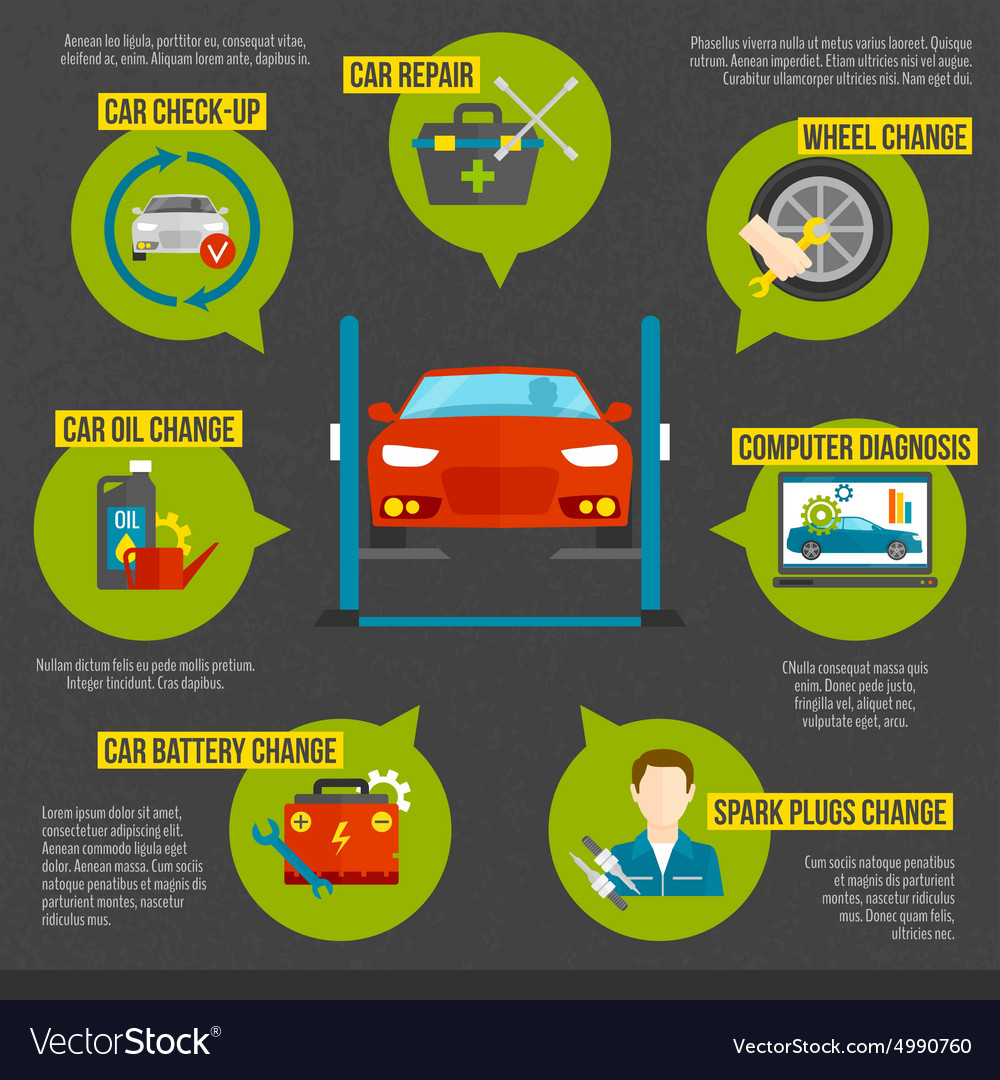Want To Learn More About The Caution Lights On Your Control Panel? Discover What They Show Concerning Your Vehicle'S Health And Safety
Want To Learn More About The Caution Lights On Your Control Panel? Discover What They Show Concerning Your Vehicle'S Health And Safety
Blog Article
aucklandmobiledetailing -Lim Winters
When you're behind the wheel, those beautiful caution lights on your dashboard can be a little bit puzzling. Do you understand what they're trying to tell you concerning your vehicle's health? Recognizing the value of these lights is important for your safety and the long life of your car. So, the following time one of those lights turns up, would not you want to decode its message accurately and take the required steps to address it?
Common Warning Lights and Interpretations
Recognize usual caution lights in your automobile and comprehend their definitions to guarantee risk-free driving.
One of the most common warning lights include the check engine light, which signals concerns with the engine or exhausts system. If headlight polishing service comes on, it's important to have your automobile inspected quickly.
The oil pressure warning light shows low oil pressure, needing prompt attention to stop engine damages.
A blinking battery light might recommend a defective billing system, potentially leaving you stranded if not attended to.
The tire pressure monitoring system (TPMS) light notifies you to low tire stress, affecting car security and fuel efficiency. Neglecting this could bring about dangerous driving problems.
The abdominal light suggests a problem with the anti-lock braking system, compromising your capacity to quit quickly in emergency situations.
Lastly, the coolant temperature level advising light warns of engine overheating, which can cause serious damage if not fixed promptly.
Comprehending these typical caution lights will assist you attend to issues quickly and preserve safe driving problems.
Importance of Prompt Attention
Recognizing the typical warning lights in your car is only the very first step; the importance of without delay attending to these cautions can not be stressed enough to ensure your safety when driving.
When a warning light brightens on your control panel, it's your auto's way of interacting a prospective concern that needs focus. Neglecting these warnings can bring about more serious troubles down the road, jeopardizing your safety and potentially costing you extra in repairs.
Motivate attention to warning lights can avoid breakdowns and accidents. For instance, a flashing check engine light can suggest a misfire that, if left ignored, might create damage to the catalytic converter. Resolving this quickly can save you from a costly fixing.
In visit website , a brake system alerting light may indicate low brake liquid or used brake pads, crucial parts for your security when driving.
DIY Troubleshooting Tips
If you see a warning light on your control panel, there are a couple of DIY fixing suggestions you can attempt before seeking specialist assistance.
The initial step is to consult your auto's guidebook to recognize what the details caution light shows. Often the problem can be as easy as a loosened gas cap causing the check engine light. Tightening the gas cap might fix the issue.
An additional typical problem is a reduced battery, which can cause different cautioning lights. Examining the battery connections for deterioration and guaranteeing they're protected might deal with the problem.
If a caution light lingers, you can try resetting it by detaching the vehicle's battery for a couple of mins and then reconnecting it. Furthermore, inspecting your vehicle's liquid degrees, such as oil, coolant, and brake liquid, can help repair alerting lights associated with these systems.
Final thought
Finally, recognizing your car's caution lights is vital for maintaining your lorry running efficiently and safely. By quickly attending to these alerts and understanding what they mean, you can stay clear of costly fixings and possible failures.
Bear in mind to consult your vehicle's manual for specific information on each cautioning light and act appropriately to guarantee a hassle-free driving experience.
Stay informed, remain safe on the road!
